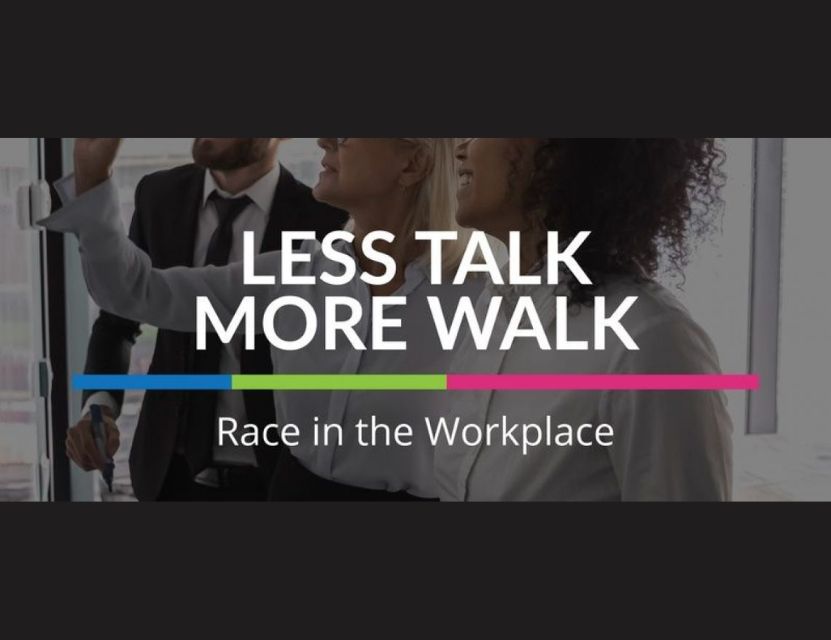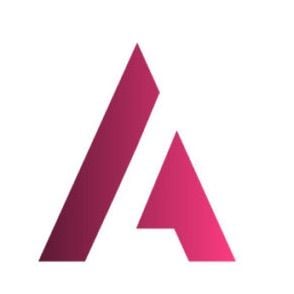When only five percent of Fortune 500 CEO’sin corporate America are women, businesses see the writing on the wall. Truly, we need diversity and inclusion (D&I) programs to ensure equality in the workplace.
It has been proven that a diversity and inclusion program can create powerful benefits. For example, businesses with D&I programs have seen increased profits, improved hiring quality, increased employee retention, reduced training costs, and increased employee commitment, loyalty, and innovation. In short, when companies fail to bring diversity and inclusion into the fold, everyone loses.
Companies see D&I in the profits and productivity.
Studies performed by McKinsey & Company and Forbes Magazine show that companies that have diversity and inclusion programs have higher profits than similar companies that do not. In fact, a survey by American Sociological Review, which looked at more than 500 companies, noted that gender and racial equality were important predictors of a company’s success compared to its competitors.
In all of these studies, taking a look at the data revealed that more diverse workforces brought more creative ideas to the table. By looking at a problem from a diverse set of perspectives, employees were able to design solutions that were more well-rounded and effective.
The future of your workforce success depends on it.
As recent research shows, millennials care whether or not their workplace has a diversity and inclusion program. Certainly, it's a factor for millennials deciding where to pursue their careers. Studies performed by Pew Research Center and Glassdoor show that an increasing number of millennial job applicants do indeed care about inclusion programs. They will even turn down an offer from an employer if they feel it is not diverse and inclusive. Not only that, more than half of current employees feel the same.
Diverse companies are expanding their customer reach.
There is another trend that supports the importance of a diversity and inclusion program for your business. An increasing number of customers are not just searching for suppliers who value diversity and inclusion. They are beginning to require it. For example, companies like Facebook, Verizon, and General Mills are initiating D&I programs quickly because their clients are demanding it. Customers are also requiring more diversity from their advertising.
Remember, one of the largest customers in the entire country – our government – requires diversity in recruiting, hiring and promotion of employees. That’s not just the federal government itself, but also state, county, and local governments. Any organization that receives federal money, like schools or hospitals, must also meet these requirements.
Going beyond ‘outside the box’ ensures engagement.
After studying thousands of companies and interviewing hundreds of senior executives, The Harvard Business Review concluded that a strong diversity and inclusion program can drive innovation and creativity at work. Companies with diverse leadership are far more likely to see increased market share. They are also able to reach new markets. Diversity in the workplace also allows leaders to foster an environment with 6 key qualities:
- Ensuring that everyone is heard
- Making it safe to propose novel ideas
- Giving team members decision-making authority
- Sharing credit for the success
- Giving useful feedback
- Implementing feedback from the team
There are other important benefits that arise when a company becomes more diverse and inclusive. They may not have an immediate visible impact on sales revenue or market share, but study after study shows a direct relationship between increased diversity and inclusion and creativity, innovation and customer understanding.
The simple math of D&I.
The logic is fairly simple. When everyone in a group is more or less the same, they will all make decisions the same way. However, when a group is made up of people of different ages, races, genders, nationalities and life experiences, they will bring a much broader and balanced perspective to the decision-making. And in an inclusive environment, a group shouldn’t hesitate to share their individual experiences and perspectives.
It’s important that a workplace welcomes and values all employees and provides an equal footing for advancement. Companies should recognize the phases of a properly organized diversity and inclusion program: assessment, discovery, interviews, training, workshops, and reporting. If done correctly, this process can last more than a year, depending on how a company breaks down its budget and each phase. In the grand scheme of things, the time invested can create undeniable positive outcomes in every aspect of a business.
So, in the end, diversity and inclusion programs are not just something you should embrace. They are also something you will need to embrace to remain competitive in today's marketplace.




